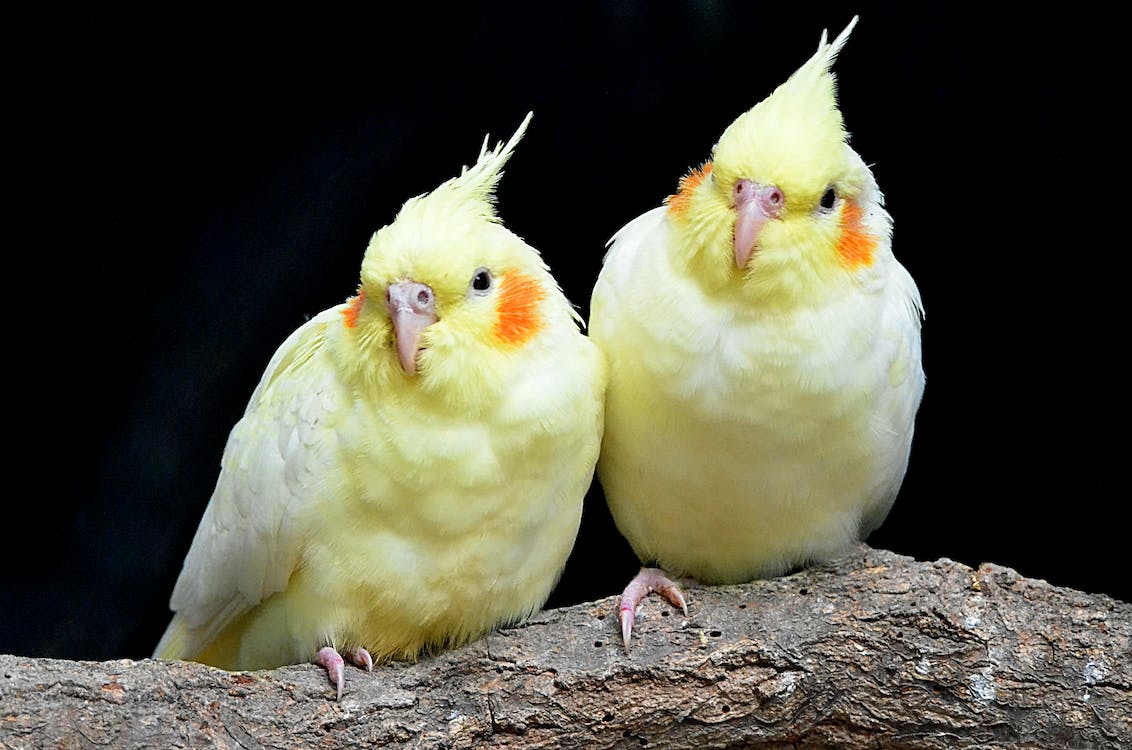How do I socialise my new bird with other birds?

Birds gather together in a flock which serve primarily as a protective unit for the birds. The relationship the birds have with one another is essential to the survival of each individual. The need for social interaction between the birds, although extremely important, is secondary to the instinct for survival.
Social behaviour varies among the different psittacine (parrot) species, but solitary isolation is seen only in New Zealand’s kakapo. In other words, it is normal for parrots to interact with each other in a social and mutually beneficial environment. This innate behaviour can be used to help your new bird to socialise with your other birds.
Outside breeding season, in the wild parrots live in small to very large flocks. These flocks often separate into bonded pairs during the breeding season, but the reform as the chicks fledge. (Note that some species, such as the Quaker parrot, are colony nesters and so pairing away from other birds does not happen.) Pairs engage in social grooming and mutual feeding to maintain their bonds, but these interactions are uncommon between other members of the flock.
Not all birds pair for life. Asiatic parrots (such as Indian Ringnecks) and Eclectus, for example, bond only during the breeding season, while the New Zealand kea is polygamous and bonds with multiple partners. (These wild behaviours help us to understand the aloof, independent behaviour of Indian Ringnecks and Eclectus parrots kept as companions.)
So, birds naturally want to come together into a flock, for a variety of reasons and different ways of doing it. Problems may occur in hand-reared birds not provided with appropriate socialisation opportunities and the learned knowledge of how to socialise appropriately. Many poorly socialised young birds may also develop neophobia – the fear of something new in their environment. In other words, not only might they not know how to socialise with other birds, but they might also be genuinely afraid of them.
You and your family must therefore take on the role of teacher, guiding the development of your bird so that the bird can happily learn to socialise with other birds without fear or inappropriate behaviour.
Once your new bird has been checked out by a veterinarian and deemed healthy, you will want to house the bird in another room (ideally a separate air space) so that any potential undiagnosed or developing disease cannot be spread to your other birds. This quarantine period should run for a minimum of a month. This will give your existing bird a chance to hear, but not necessarily see, the new addition and will give you a chance to see how both birds react to each other’s voices. (Screaming, especially at daybreak and dusk, is a normal means of communication in parrots, and is essential in keeping track of companions at those particular times and at various intervals throughout the day.)
After the quarantine period ends, the next step is to move the new bird’s cage into the existing bird’s room, close enough to be visible to the resident bird but not so close as to be able to physically touch the new bird. If the existing bird seems fine with this set up, you can try moving the new pet’s cage closer to the original pet’s and see how they both react. (Some resident birds are threatened by having new birds moved into their territories; in these cases, a neutral territory, such as a room not yet inhabited by either bird, may be a better place for an introduction.)
It might be best to keep the two birds in separate cages, especially if they are of different species or size. Some birds can coexist happily in the same room, a distance apart, but do not like to have other birds in their immediate living spaces.
Birds of similar sizes living in separate cages may sometimes tolerate being out in the same room on separate perches or play stands, but they must be supervised at all times because of potential for injury. Structured training or play sessions can allow the birds to interact with each other and their owner. Play should focus on behaviours the animal likes to do and encourage those that are desirable. The objectives are to teach both behaviours required for companionability and behaviours that assure comfort, health, and happiness.
How will I know the birds are socialised?
Socialised birds will want to sit with each other and groom each other. There may be an occasional argument, but rarely serious. Other signs of contentment include beak clicking, beak grinding, facial feather fluffing, other feather fluffing followed by preening.
RSPCA Australia believes that captive-bred wild animals should not be kept in a home environment or for companion purposes unless the species has been clearly identified as being suitable for this purpose. It is important that animals living in a home environment can live a good life. This means providing for their physical health and ensuring opportunities to fully express their individual interests and experience good welfare. Inadequate care and husbandry are reported to contribute to common and serious welfare compromises in many captive wild animals living in home environments. For more information see our policy.
The reality is, however, that captive-bred wild animals are kept in home environments despite sometimes not meeting these criteria (e.g., some reptile and bird species). Because of this, the RSPCA has produced these articles on the care and welfare of a variety of commonly kept captive-bred wild animals. The aim is to help people better understand their animals as individuals and provide them with care that keeps them healthy and provides opportunities for positive mental experiences as much as possible in captivity.
Wild animals must not be taken from the wild to be kept as companion animals (pets).
Was this article helpful?
This work is licensed under a Creative Commons Attribution-NonCommercial-NoDerivatives 4.0 International License.



